Everything You Need to Know About Lab-Grown Diamonds
Expect to hear a lot about lab-grown diamonds - they're set to be the next big thing in engagement rings. We explain what you need to know about synthetic sparklers, including whether they match up to natural diamonds and how much they cost
We have included third party products to help you navigate and enjoy life’s biggest moments. Purchases made through links on this page may earn us a commission.
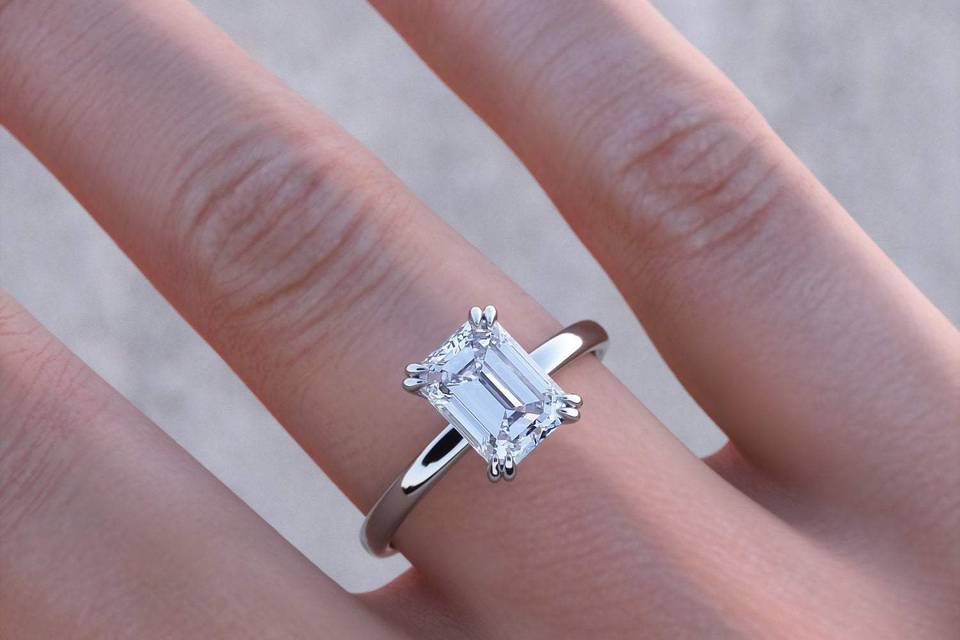

At Hitched, we’re always on the lookout for the next big thing in weddings – and lab-grown diamonds may be just the wedding trend we’re looking for.
Diamonds are undoubtedly the most covetable of gemstones and it’s unsurprising they play such a big role in weddings, whether we’re talking dazzling engagement rings, sparkle-studded wedding rings or wedding jewellery.
However, the fact that diamonds are so popular is very much reflected in their price. But what if you could get a diamond for less? And what if, at the same time, that more affordable diamond may be kinder to the planet than naturally occurring sparklers?
Lab-Grown Diamonds: Everything You Need to Know
We’re in love with the range of lab-grown diamond engagement rings from Infinity Diamond Jewellery – they offer such an amazing choice of dreamy rings, from simple, contemporary styles to pretty vintage-inspired sparklers.
Plus, because they’re custom made, you can select a lab-grown diamond in your perfect size, colour, and clarity and then set it in the metal of your choice. We also love the price, being anywhere from 30-70% lower than traditional mined diamond, so you can get that same sparkle at a price that's kinder to your wallet and the planet.
We predict you’ll be hearing a lot more about these synthetic gemstones – here’s everything you need to know.
Are Lab-Grown Diamonds Real Diamonds?
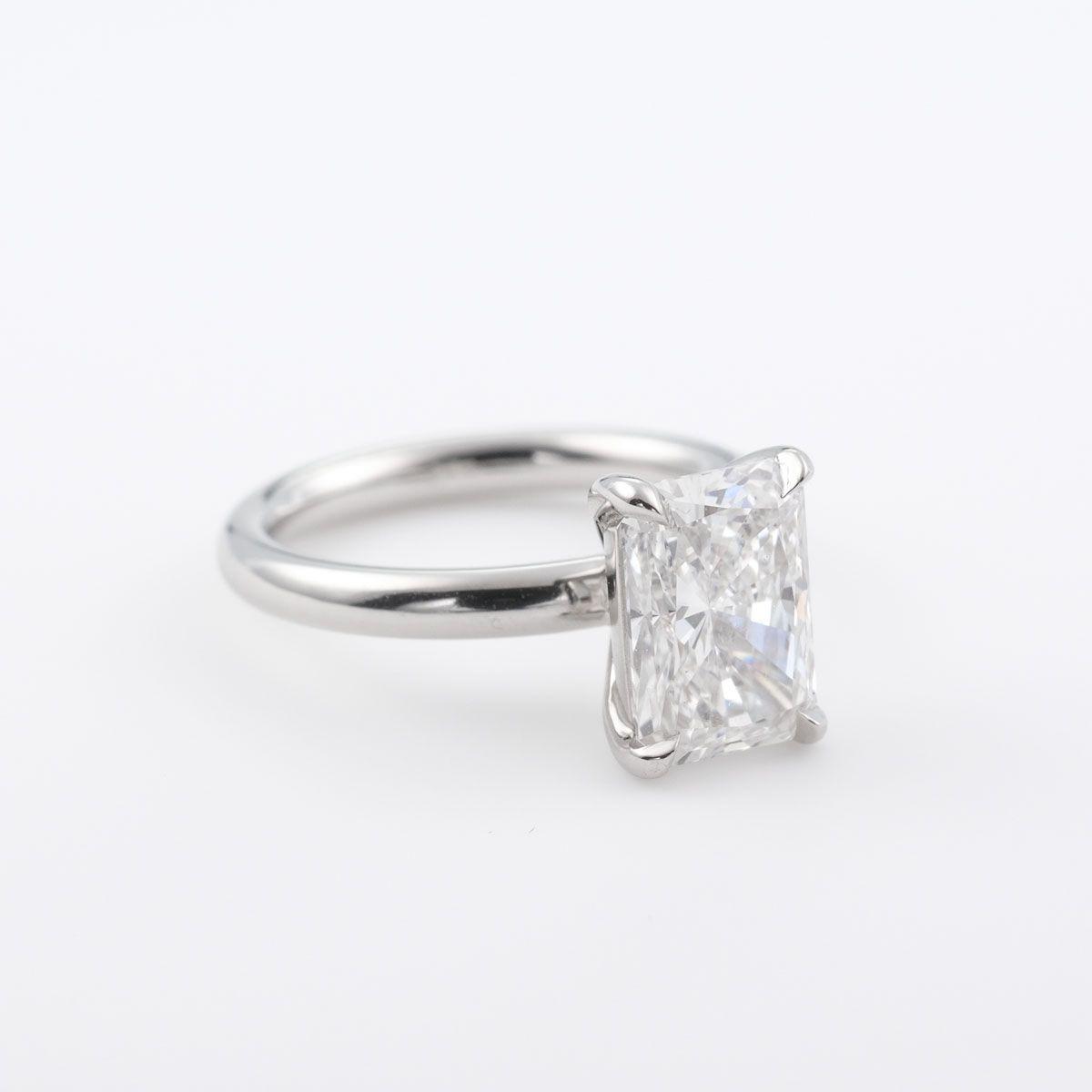
This is one of the most common questions that Becky Wright, Designer at Infinity Diamond Jewellery, gets from couples. She explains, "I can assure you that yes, they are still real diamonds! They’re chemically, physically and optically identical to mined diamonds and still rank at 10 on the Mohs hardness scale — the only difference is their origin.
"There’s absolutely no compromise with our lab-diamond engagement rings – you get a beautiful, ethically sourced stone for a fraction of the price of a mined diamond. It’s a win-win.”
Even De Beers, the world’s largest diamond retailer, has recently built a facility to create lab-grown diamonds. Synthetic diamonds also have the Meghan Markle seal of approval – she was pictured wearing a pair of Kimai earrings made using lab-grown sparklers. It definitely won't be long before these man-made gems go mainstream.
READ MORE: The 5 Most Popular Engagement Ring Trends
Why Are Lab-Grown Diamonds so Cheap?
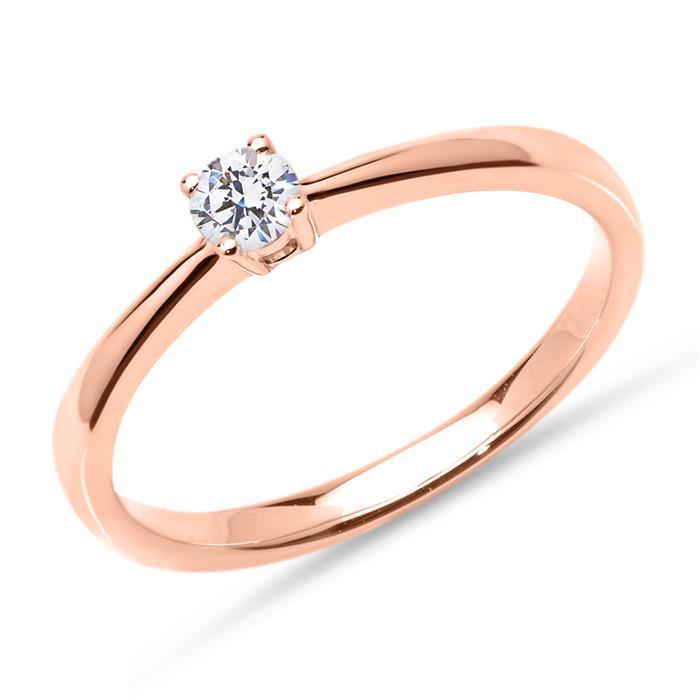
With recent advances in technology, lab-grown diamonds are quick to create and require less labour than mined diamonds. This means they’re less expensive than natural diamonds so you can get a bigger sparkler for your budget.
"Thanks to the efficiency of their production, lab-grown diamonds retail between 50-60% less than mined diamonds," says Jack Cherry, Gemologist and Design Consultant at Hatton Garden jewellers Queensmith.
Do Lab-Grown Diamonds Last?
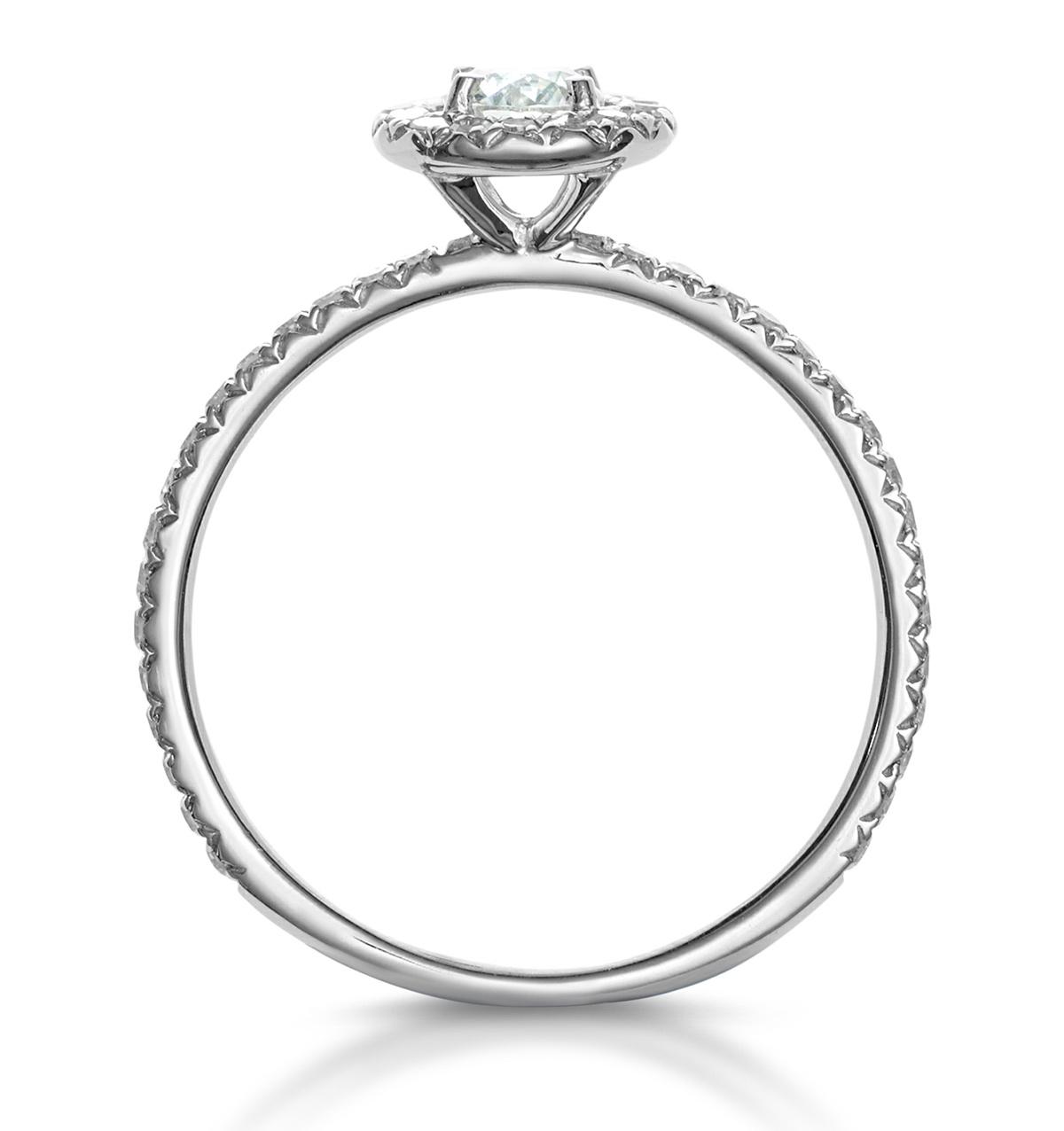
They’re identical to natural diamonds, so yes, lab-grown diamonds will last – forever, according to various song lyrics and a Bond film.
READ MORE: How to Clean a Diamond Ring at Home
Are Lab-Grown Diamonds Better for the Planet than Natural Diamonds?
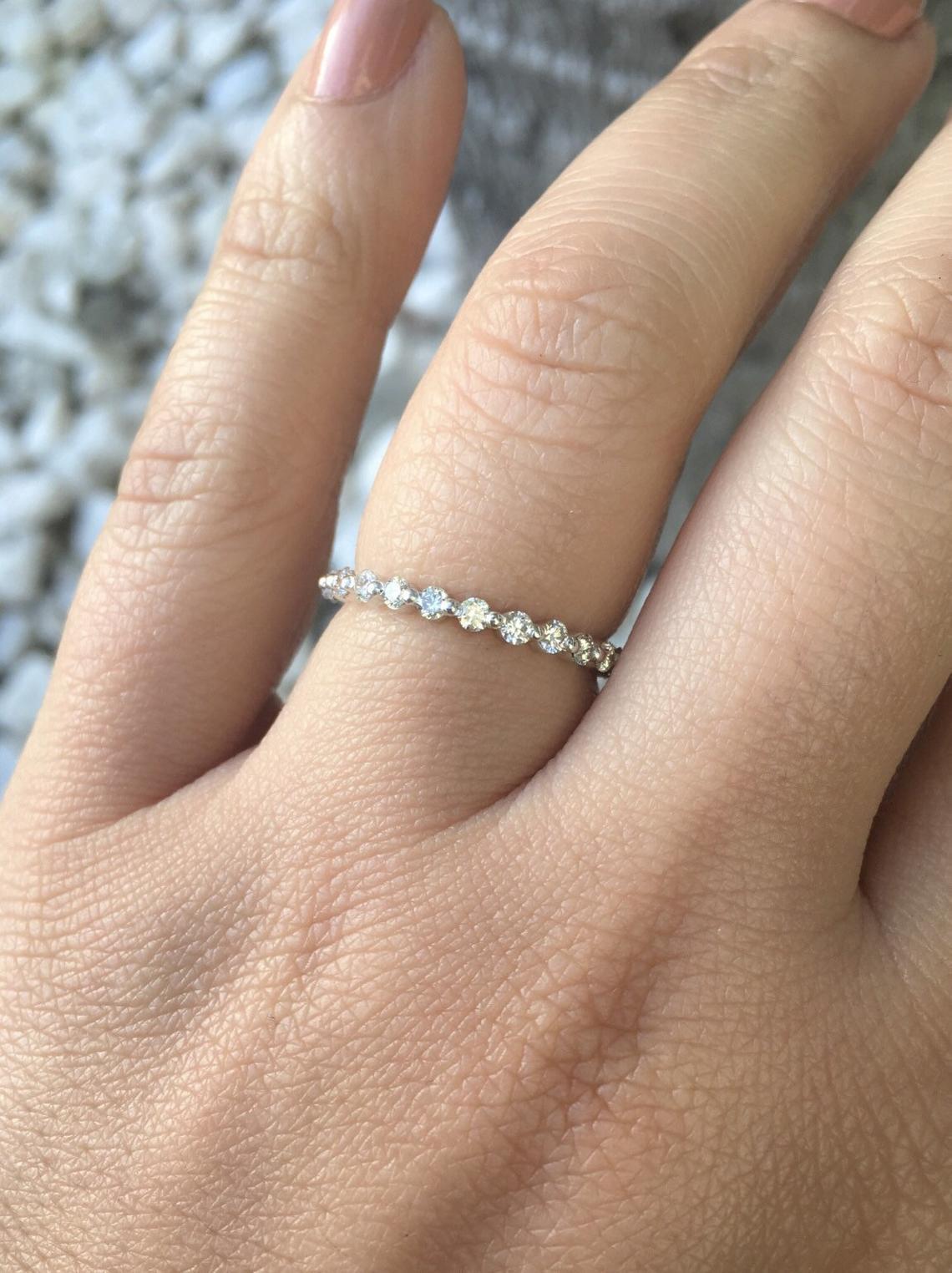
Natural diamonds are extracted from the earth by mining. Over the years, there have been serious humanitarian and social issues relating to the practice. "The ethical nature of lab diamonds is another huge driver of their popularity. Global initiatives have eradicated over 99.8% of the blood diamond trade and therefore a mined diamond purchased in the UK is almost certainly conflict-free. That said, many engagement ring and diamond jewellery buyers are attracted to the transparent provenance of a lab diamond - it’s an assured way to purchase a totally conflict-free stone," says Jack.
There are also questions are raised about the cost to the planet of mined diamonds - and lab-grown diamonds could prove a more sustainable alternative. According to The Diamond Foundry, which creates synthetic gems, it takes considerably less energy to create a diamond than to mine a natural diamond; the company now says it has a zero-carbon footprint. However, that may not be true of other lab diamond producers, and there are conflicting reports as to whether synthetic diamonds really do have a less of a carbon footprint, given the energy needed to produce them. That being said, there are other significant environmental costs of mining, such as damage to natural habitats and soil erosion, which don't occur with lab-grown diamonds.
READ MORE: How Much Should You Spend on an Engagement Ring
What's the Difference Between Lab-Grown and Earth-Grown Diamonds?

Becky explains, "The main difference is that lab-grown diamonds are ethically man-made in a lab and are better for your budget, too." It's perfect if you're looking for ways to make your wedding a more sustainable celebration and you don't want to break the bank with an naturally sourced diamond ring.
Is a Lab-Grown Diamond a Good Investment?
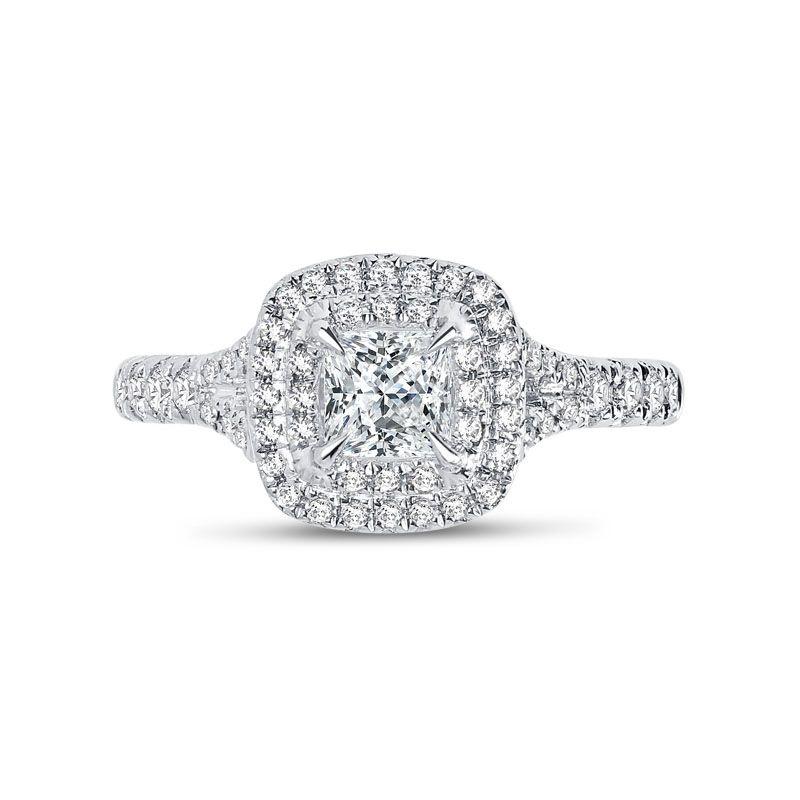
"Lab-grown diamonds can be divisive: little is known about how their value will hold up in the long term, so a mined diamond can seem like a more sensible investment," says Jack. "Monetary value aside, it's up to individuals to choose between the wonder of nature versus the wonder of science when it comes to their precious jewellery and heirlooms-to-be!"
Should I Buy a Lab-Grown Diamond?
The decision is entirely yours - but if you do decide to go for man-made diamonds, it's worth getting help from an expert. "High quality lab diamonds are harder to come by than high quality natural diamonds, but that doesn’t mean they don’t exist," says Jack. "Work closely with a trained gemologist who will do their utmost to source lab diamonds with the ideal cut, colour and clarity combinations - for a diamond that’s equally as lustrous and beautiful as a traditional, natural diamond."
READ MORE: 30 of the Best Celebrity Engagement Rings
What Are the Best Alternatives to Diamonds?
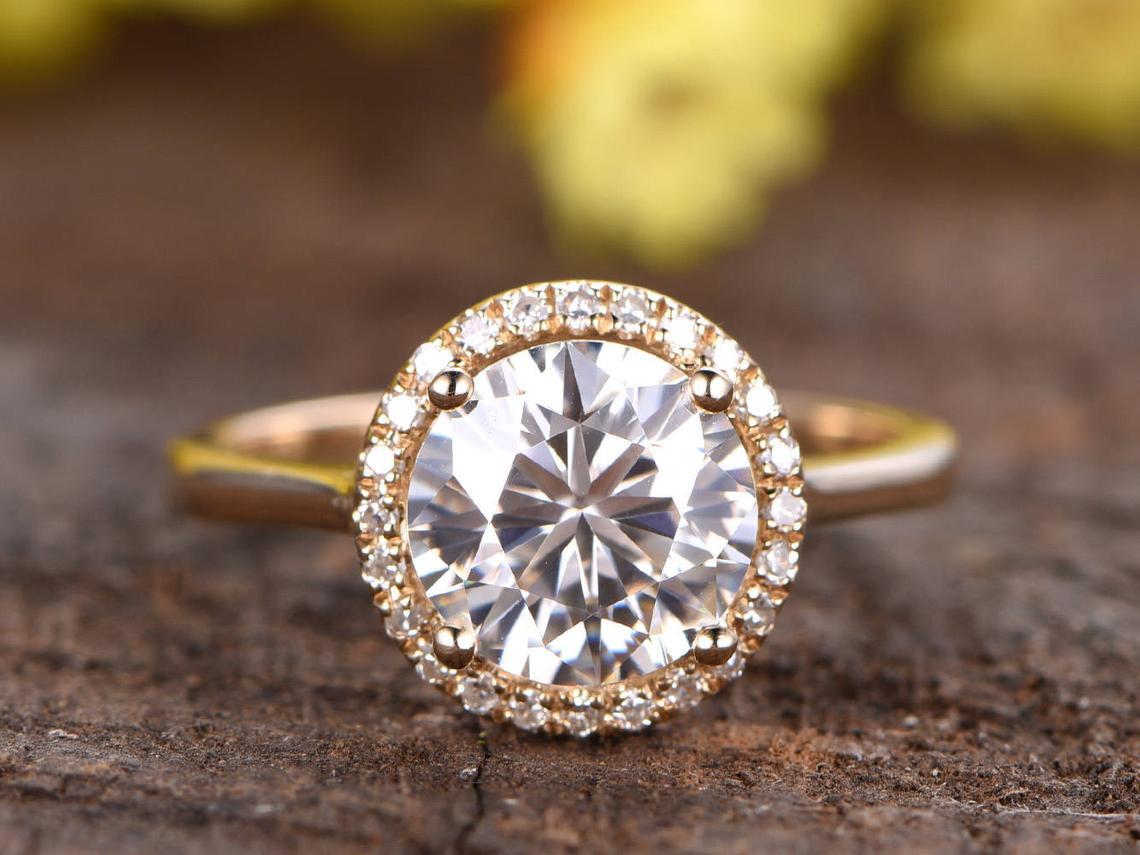
Lab-grown diamonds aren't the only alternatives to natural diamonds. For engagement ring sparkle on a budget, if you're set on a colourless stone, you could also consider the following:
- Cubic Zirconia: This synthetic stone has plenty of diamond-like dazzle. The downside? It will eventually lose its lustre, and is prone to scratches.
- White sapphire: Whether natural or lab-grown, a white sapphire is a long-lasting gem. This isn't one for anyone looking for mega-watt bling, as sapphire has a softer sparkle than diamond.
- Moissanite: A lab-grown gem that's similar to diamonds in look, and is pretty durable, too.
- White Zircon: This semi-precious stone is certainly brilliant, but what you get in dazzle you lose in durability.
- Goshenite: Made from the same mineral as emerald, if this gem is cut well it can have some lovely sparkle.
Once you've decided on a stone, you can think about the overall look - we bring you the 25 engagement ring styles to know about.








